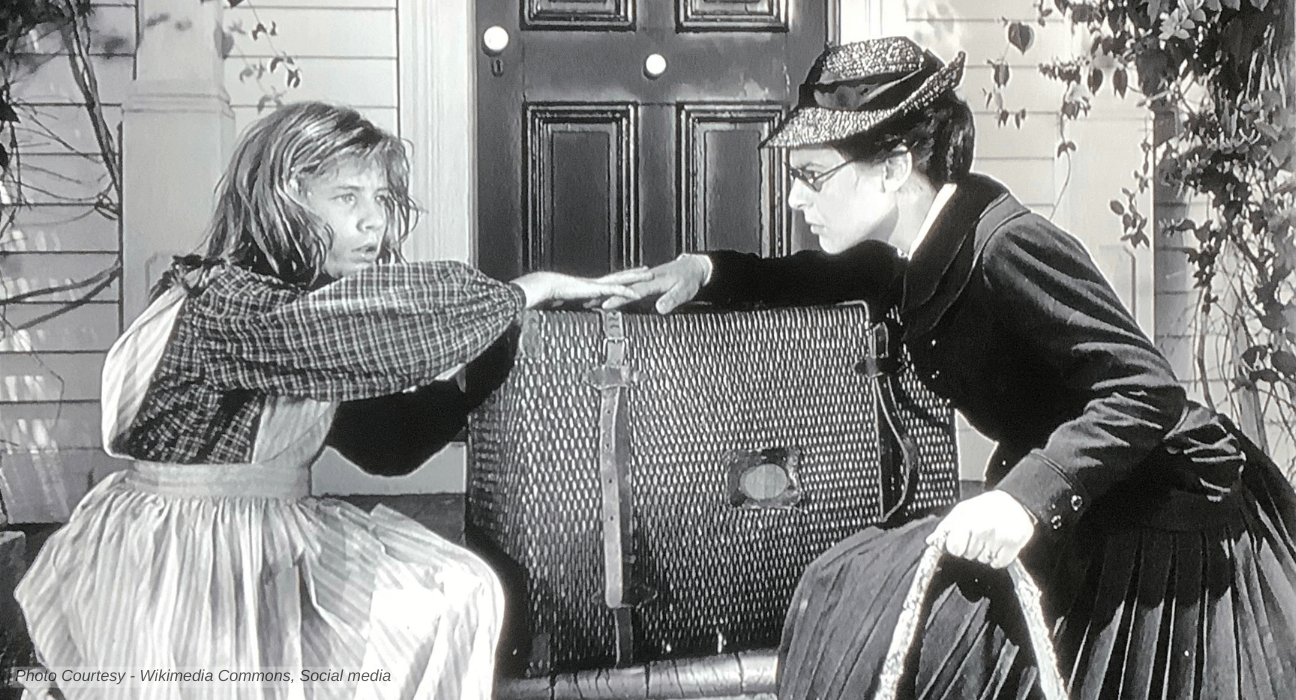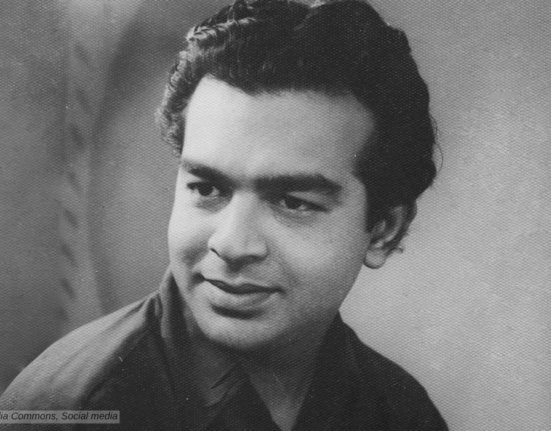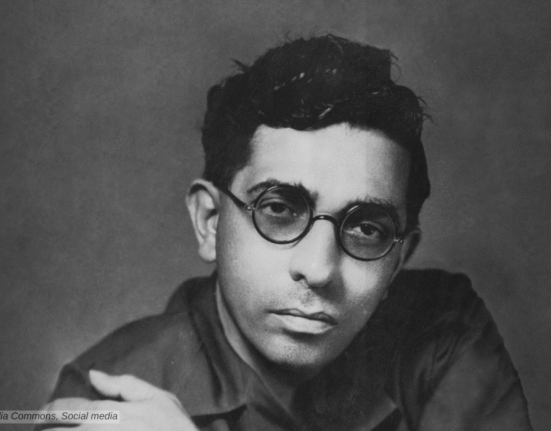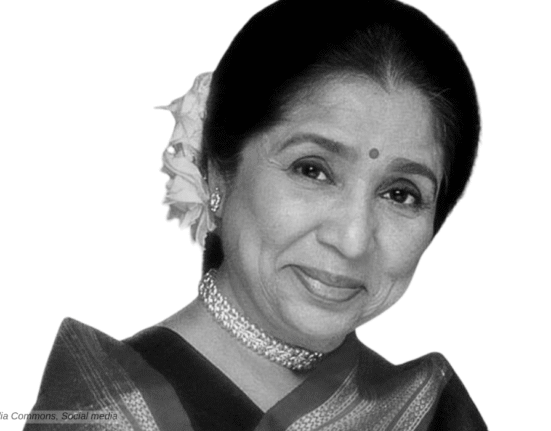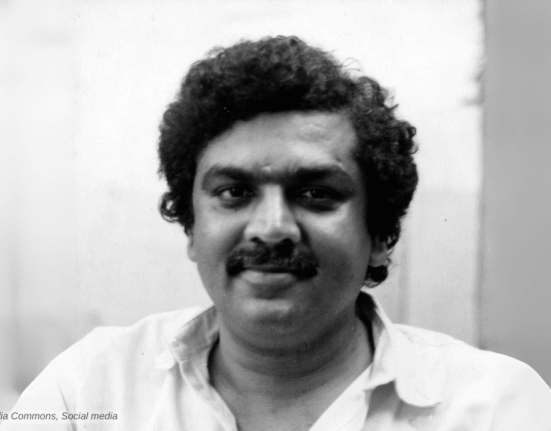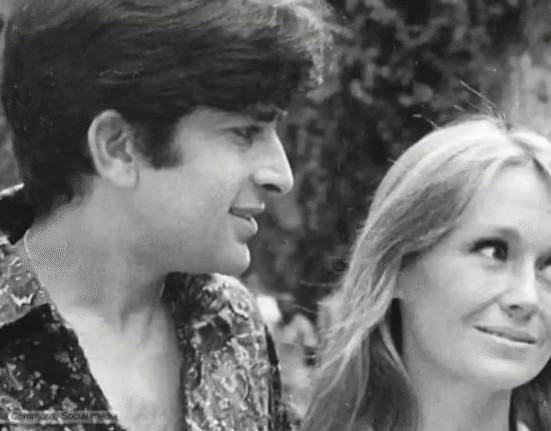“The Miracle Worker” is a 1962 biographical drama directed by Arthur Penn. It adapts William Gibson’s 1959 stage play, which was itself based on Helen Keller’s 1903 autobiography, The Story of My Life. It dramatises the early life of Helen Keller and her teacher, Anne Sullivan. Keller was a blind, deaf girl who was unable to function in day-to-day life. The film focuses on Keller’s breakthrough in communication and Sullivan’s relentless efforts to reach her.
Anne Bancroft stars as Anne Sullivan. Patty Duke plays Helen Keller. Victor Jory portrays Helen’s father, Captain Arthur Keller, while Inga Swenson acts as Kate Keller, her mother. The film also stars Andrew Prine, Kathleen Comegys, and Beah Richards. William Gibson wrote the screenplay and Ernesto Caparrós handles cinematography. Aram Avakian edits, Laurence Rosenthal composes the score, George Jenkins oversees the production designs, and Ruth Morley creates the costumes.
The Story and Direction

The Miracle Worker follows Anne Sullivan’s arrival at the Keller household in Alabama. Helen, blind and deaf since infancy, is unable to communicate and behaves uncontrollably. Sullivan, herself visually impaired, uses unconventional and forceful methods to teach Helen discipline and language. The climax occurs when Helen connects the manual spelling of “water” with the actual substance, marking her breakthrough into communication.
Arthur Penn’s direction is restrained and focused. He avoids sentimentality. The film emphasizes realism and psychological tension. Penn uses confined spaces and close-ups to intensify emotional conflict. The treatment is theatrical but grounded. He retains the structure of the original stage play, preserving its dramatic rhythm.
Penn stages the teaching scenes with physical intensity. The dining room sequence, where Sullivan tries to instil discipline in Helen, is choreographed like a battle. These scenes are long and unbroken, allowing the audience to feel the struggle. Penn a linear structure. It begins with Helen’s early life and moves toward her breakthrough moment. The story is character-driven. Conflict arises from Helen’s inability to communicate and Sullivan’s determination to teach her. The climax occurs when Helen understands the concept of language. This moment is understated but powerful. The Miracle Worker remains hopeful but not overly sentimental or preachy.
Performances
Anne Bancroft plays Anne Sullivan with precision and authority. Her portrayal is firm, layered, and devoid of melodrama. She captures Sullivan’s internal conflicts, frustration and resilience. Her physical commitment and determination stand out.
Patty Duke, as Helen Keller, delivers a physically demanding performance. She uses body language and facial expressions to convey emotion. Her depiction of Helen’s transformation is credible and gradual. Duke conveys wildness and growth convincingly. She wins praise for nonverbal expressiveness. The supporting cast provide context but do not overshadow the central duo.
It was curious that Anne Bancroft was not the first choice for playing Sullivan. Although she was the one who did it to great critical acclaim on Broadway. Despite this, studios prefer Elizabeth Taylor for Sullivan, for her obvious star appeal and box office draw. But Arthur Penn was not ready to even consider any other actor, big or small. Bancroft proved him right and got the Academy Award for Best Actress. Duke, also reprising her Broadway role, got the Academy Award for Best Supporting Actress.


Technical Aspects
Cinematographer Ernesto Caparrós uses black-and-white visuals to enhance contrast and mood. Lighting is stark, emphasising isolation and tension. The camera often stays close to the actors, creating intimacy.
Aram Avakian’s editing is minimal. He allows scenes to play out without interruption. This approach suits the film’s theatrical roots. Transitions are smooth and unobtrusive.
The script retains much of Gibson’s original dialogue, direct and functional. Dialogue remains sparse and purposeful. Characters use signs and words to build meaning. Sullivan’s lines are didactic but never preachy. Keller’s silence is used effectively to build tension.
The score by Laurence Rosenthal is sparse. It supports the mood without dominating scenes. Silence is used strategically, especially in scenes involving Helen’s isolation. Rosenthal’s work earns a spot on AFI’s film scores nominees list. It complements the narrative without overpowering it.
Themes and Issues
The film addresses disabilities and the resulting isolation caused by society’s outlook on them. The central theme is the struggle to connect. Sullivan teaches Helen that language is symbolic and essential. The film critiques passive teaching methods. It promotes discipline and persistence. It raises questions about empathy and human potential.
The film presents blindness and deafness as barriers, not limitations. Helen’s parents are well-meaning but indulgent. Their approach contrasts with Sullivan’s firm methods. Helen’s journey is one of self-realisation through education.

Lagacy of The Miracle Worker
The Film received strong reviews. Critics praised the performances and direction. It gets immense praise for its intensity and realism. It performed well at the box office. The film’s success led to increased interest in Helen Keller’s life. Helen Keller was alive when the film was released and praised it.
The Miracle Worker receives five Oscar nominations. Bancroft wins Best Actress. Duke wins Best Supporting Actress. Nominations include Best Director and Best Screenplay. It earns a BAFTA for Bancroft. The National Board of Review honours her. The San Sebastián Festival awards her Best Actress. In 2024, the Library of Congress selects it for preservation. Anne Sullivan was nominated for AFI’s 100 Years…100 Heroes & Villains list. It is at No. 15 on AFI’s 100 Years…100 Cheers.
The film was remade again in 1979 for TV. Made with the same name, The Miracle Worker, it featured Patty Duke as Anne Sullivan. She played Helen in the original film.
In 2005, Sanjay Leela Bhansali adapted the story in the Hindi film “Black“. In the film he changed Anne Sullivan’s character to a male teacher played brilliantly by Amitabh Bachchan. Helen’s character Michelle McNally was played by Rani Mukerji and Ayesha Kapur. This film does not end with the triumph of Michelle, and she gets her breakthrough. It further adds that the teacher in his old age got Alzheimer’s and started to forget even Michelle. The story comes a full circle when she adapted his own teaching methods to teach his old mentor.
The Miracle Worker on IMDB


